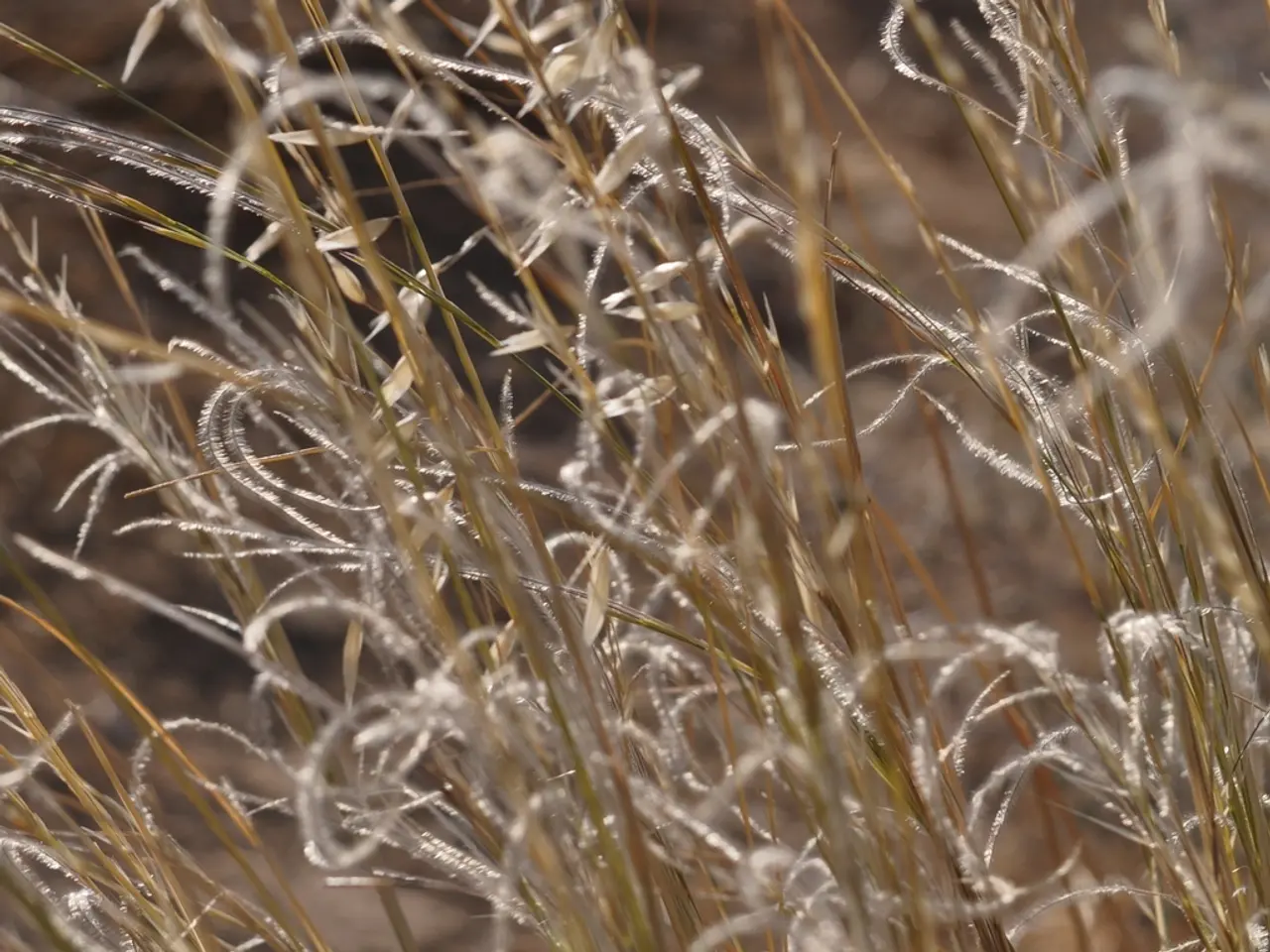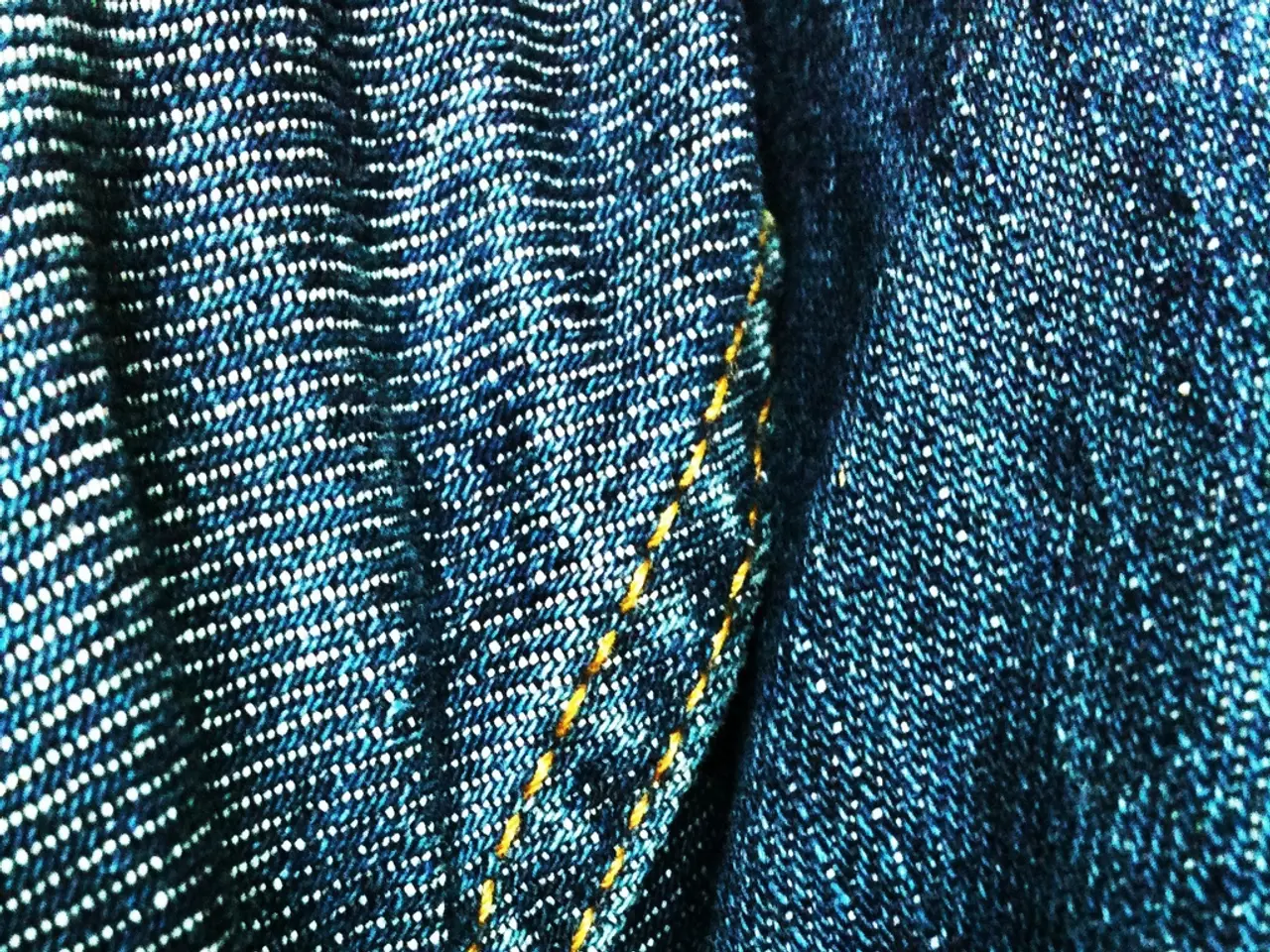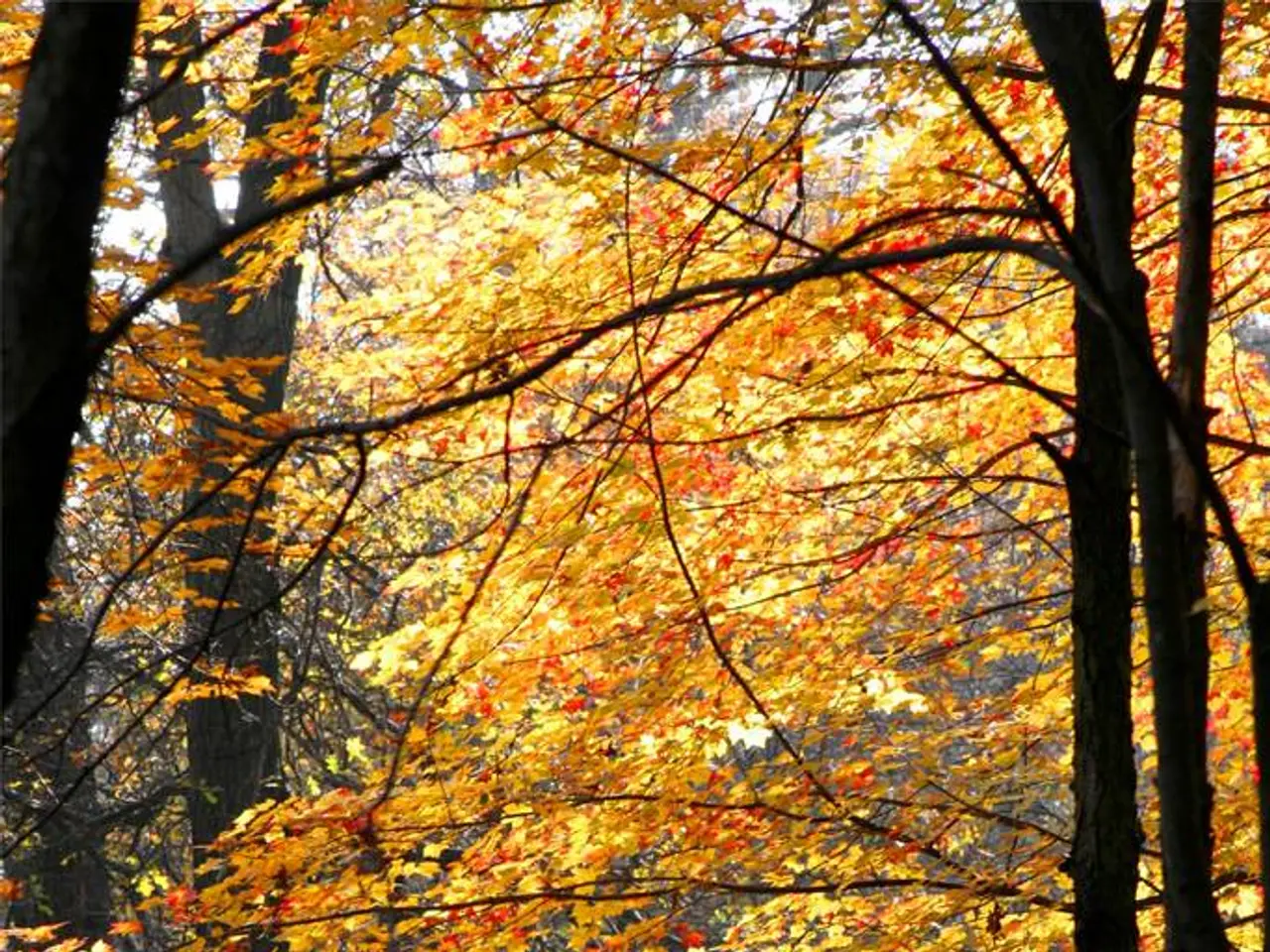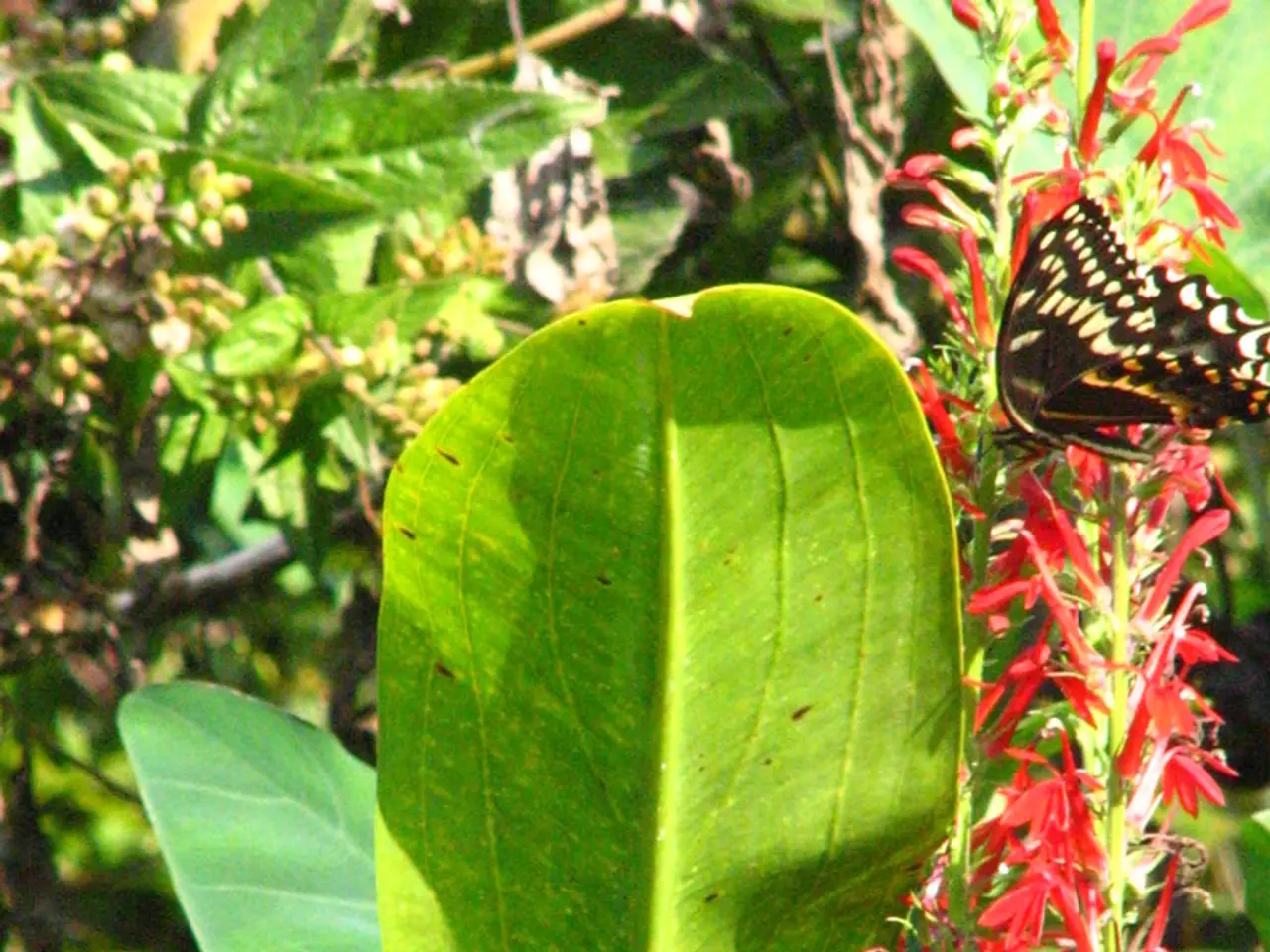Applying Lawn Fertilizer: A Comprehensive Guide for the Right Timing
A beautiful, green lawn is not just aesthetically pleasing, but it also serves as a gathering space for families, a play area for children, and a roaming space for pets. Fertilizer plays a crucial role in maintaining a healthy and vibrant lawn, providing essential nutrients like nitrogen, phosphorus, and potassium.
However, choosing the right fertilizer and applying it at the right time can be a challenge. Here's a guide to help you navigate the world of lawn fertilization.
Warm-season Grasses
For warm-season grasses like Bermuda, Zoysia, and St. Augustine, the best time to fertilize is in late spring or early summer, when daytime temperatures reach around 80°F, and again possibly in midsummer if needed. Fertilizer should be applied when the grass is fully green and actively growing[1][3].
Cool-season Grasses
Cool-season grasses, such as Kentucky bluegrass, tall fescue, perennial ryegrass, and fine fescues, benefit most from fertilization in the early fall and late fall. An alternative time for these grasses is in late spring when temperatures hover between 60°F and 70°F. Fall fertilizing helps root development going into winter[1][3][5].
General Tips
- Fertilize during morning or early evening when temperatures are cooler to avoid fertilizer burn from the midday sun[1].
- Fertilize only when grass is actively growing and green; avoid fertilizer during drought stress or dormancy, as grass won’t absorb nutrients properly[1][2][4].
- Avoid fertilizing when grass is wet (e.g., morning dew) to prevent granules sticking to blades and causing burns; evening when grass is dry is preferred[2].
- For cool-season grasses in colder regions (like Minnesota), fertilizing from early August to mid-October is ideal to support recovery from summer heat and to promote strong root growth[5].
Organic Fertilizers
Organic fertilizers are more environmentally friendly and provide vital nutrients to the lawn. They stimulate microorganisms in the soil, making the lawn healthier and promoting greener grass[1]. The optimal time to apply organic fertilizers is from May to September when temperatures are warmer.
Choosing the Right Fertilizer
Choosing the right fertilizer (liquid or dry granular) depends on personal preference and the specific lawn's needs. Regardless of the type, following the directions on the fertilizer package is crucial to avoid damaging the lawn.
Precautions
Using too much fertilizer on lawn can cause brown patches with crunchy yellow leaves and grass burning. Excessive fertilizer application can also burn the root growth of grass, lead to excessive growth, and thatch build-up. It's usually best to fertilize before rain is forecasted, allowing the fertilizer to be absorbed into the lawn before the rain. Soil testing before fertilizing is necessary to ensure the fertilizer is not too strong or too weak for the lawn.
In summary, time fertilizer applications with the active growth phase of your lawn’s specific grass type, prefer cooler parts of the day, and avoid applying during stress periods for the healthiest lawn results. A green, healthy lawn enhances the appearance of a home and provides a welcoming space for family and friends.
[1] University of Kentucky Extension. (2020). Lawn Fertilization. Retrieved from https://www.ca.uky.edu/agc/pubs/forage/for440/for440.pdf [2] University of Illinois Extension. (2021). Lawn Fertilization. Retrieved from https://web.extension.illinois.edu/lawn/fertilization.cfm [3] Michigan State University Extension. (2021). Lawn Fertilization. Retrieved from https://www.canr.msu.edu/news/lawn_fertilization_101 [4] University of Minnesota Extension. (2020). Lawn Fertilization. Retrieved from https://www.extension.umn.edu/garden/yard-garden/lawns/lawn-fertilizer/ [5] University of Wisconsin-Madison Extension. (2021). Lawn Fertilization. Retrieved from https://learningstore.uwex.edu/Assets/pdfs/A3573.pdf
Fertilizing cool-season grasses, such as Kentucky bluegrass, tall fescue, perennial ryegrass, and fine fescues, is best done in the early fall and late fall, while warm-season grasses like Bermuda, Zoysia, and St. Augustine should be fertilized in late spring or early summer. Organic fertilizers are applied from May to September and promote a healthier lawn by stimulating microorganisms in the soil.




